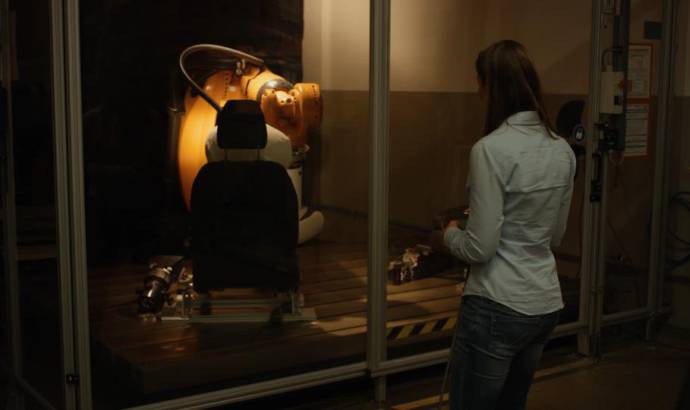Ford wants to be sure that every car it sells comes with a durable interior, including durable seats. So its engineers invented a special robot.
Robutt has been created to move like a human bottom and perfectly simulate how drivers and passengers get in and out of their car seats.
Engineers used pressure maps to establish a “perch pattern”, the data enabling them to test the wear and tear of materials using the robotic bottom – or “Robutt” – to mimic the most common paths.
Based on an average-sized large man, the “Robutt” was used to simulate ten years of driving in just three weeks as part of testing for the new Fiesta – sitting down and getting up 25,000 times. The new test is now being rolled out for all Ford vehicles in Europe.
“From the first moment we get into a car, the seat creates an impression of comfort and quality,” said Svenja Froehlich, a durability engineer, at Ford’s European HQ, in Cologne, Germany. “Previously, we used pneumatic cylinders that simply moved up and down. With the ‘Robutt’, we are now able to replicate very accurately how people really behave.”



